So, you’ve decided to try your feet at skateboarding. Well, let me tell you – you are in for a wild ride. From wobbling around like a newborn deer to cruising like a pro, the journey of learning how to skateboard is full of ups and downs for beginners.
But, don’t worry, the key point is – never give up! You are not going to learn to ride a skateboard on the first day, it will take time, courage, and dedication.
The first thing you need to know is that falling is a big part of the learning process. But remember, every skateboarder has fallen and got injured, we all have been there. So, whether you are under ten years or in your thirties, skinny or fat, follow this easiest guide below and soon you’ll learn to ride a board confidently.
If confused, read how long will it take to learn to skateboard!
Contents
How to Skateboard for Beginners – Easy Guide
Learning to skateboard is much harder than it looks. It requires a lot of practice and determination to balance the body on a moving wooden board. We have written this guide just as we teach our new skateboarders at “Skateboard Geek” academy and they start skateboarding confidently within a week.
Don’t go for more details or complicated steps, these steps and tricks are enough to get you rolling on a board;
Note: Do not rush to perform tricks in the beginning, tricky play will come along as you feel more confident and comfortable on a skateboard. You might hurt yourself badly and end up in a hospital if you try ollies, nollies, or heelflip so soon! Here’s a guide to learn skateboarding tricks from easiest to hardest.
1. Choose the Right Skateboard
It is essential to choose the right size skateboard for beginners to start learning. Every board is designed for a particular style of riding. And, every skateboard isn’t designed to learn how to ride. Some boards are good to perform tricks and some are for cruising. Therefore, we recommend getting a complete skateboard that is easier to ride and made for newbies. Read about the best skateboards for beginners in 2025.
2. Get Comfortable with the Board

The board will be more stable on grass and you will feel a little more confident while standing stable on it.
3. Jump on the Board
Once you are comfortable standing on the board, try jumping on the board. Make sure the jumps aren’t too high, otherwise you might end up breaking the deck or falling off, just light jumping to feel yourself off the board and on the board again.
A beginner will find slight movement in the board due to momentum – that’s good, try to balance without stepping down the board.
4. Find Your Skateboarding Stance
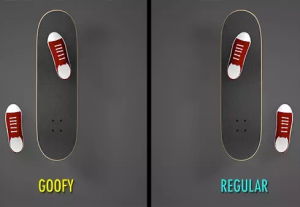
Place the board on a smooth concrete floor and step on it. If you find yourself comfortable with your left foot in front, it’s a regular stance, otherwise goofy.
The front foot is used for stability on the board. You can also find the stance by asking someone to gently push you, the foot you put forward to stable your body is your front foot.
Also, the foot you place in front while sliding on ice or a smooth hardwood floor is your front foot. Read about the different types of skateboarding and see why finding the stance is so important.
5. Start Pushing
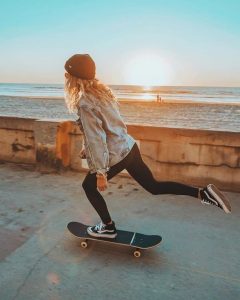
First, you should let your body get used to the momentum of slow rides. We recommend newbies perform several shorts of pushing the board with the only front foot on the board, it will enhance the front foot’s stability.
Once pushing becomes easier, it’s time to place the back foot on the board. Give a mild push to the board and place the other foot on top of the back truck, or close to the tail. Stay on the board until it stops and performs this exercise multiple times.
Make sure to slowly shift your body into a riding position as you get more comfortable with pushing and standing on the board.
Note: Once you feel comfortable pushing and having short rides, bend your knees and stand up again on a moving board. You are going to bend multiple times while riding the board, it is recommended to get familiar with it right from the beginning.
Motorized longboards do not require pushing, batteries and powerful motors run them. See the best electric skateboards of 2025.
6. Learn to Turn
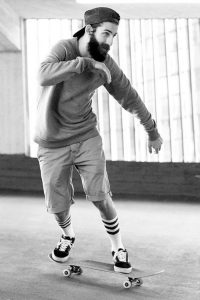
- Carving – turning a longboard by shifting your body weight is called carving. To learn to carve, slightly bend your knees and lean towards the direction you want to turn. Now, lead your shoulders and apply pressure on the board using your heel or toe, depending on the turn direction. The amount of pressure depends on the tightness of the trucks. Once you have turned in the desired direction, bring your body into a riding stance again.
- Kick Turn – kick turns are used for sharp turns at a slow speed to avoid obstacles. To perform it, place your back foot on the tail and lean your body backward. Apply pressure on the tail to lift the front wheels. Now, turn the board in the desired direction using your body and front foot. Once the turning is complete, apply pressure on the nose of the board and start rolling.
7. Practice Tic-Tac
Once you have learned how to kick-turn a board, it’s time to practice tic-tacs. This drill is just several kick-turns sideways and moving forward with the momentum. Tic-Tacs are good to control the board while speeding and moving forward without pushing.
8. Learn to Stop the Board
You aren’t going to roll the board forever, there will be time to stop it. There are several ways to stop the board, but slowing down and foot braking are the best practices for a beginner.
Obviously, you are not going to speed while you are learning to ride. We recommend slowing down by applying pressure on the board to stop it. It is the safest way. Remember, do not jump off the running board when you are just starting with it, you won’t be able to balance your body and end up falling on the ground.
In foot braking, you drag your behind foot on the ground to use it as a brake. For that, slightly bend your front knee, touch the sole of the back foot shoe on the ground to create friction, slow down the speed, and eventually stop the skateboard. Remember to stable your body while putting most of your weight on the front foot.
Still confused if you should start with this sport or not? Read a detailed article about the benefits of skateboarding.
Important Tips Before Starting to Skateboard
Useful tips make a sport easier to learn. It is good to get prepared before riding a skateboard. Precautionary measures prevent you from getting injured and make you feel comfortable while you are on a board.
Below are useful tips for skateboarding that will make you a better skater in no time;
a. Use Protective Gears

These guards will protect you from bruises and major injuries when you end up on the ground.
b. Get the Right Shoes for Skateboarding
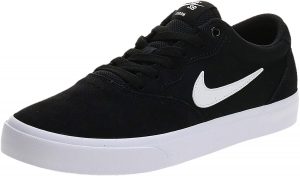
Also, consider the shock absorption features from the landing impact to prevent your heels. Heels don’t get healed quickly when they get hurt, better to protect them with good impact protection shoes. Do not step on a board with flip-flops or boots!
c. Wear Thick Socks
Long thick socks will protect your ankles and shin. To enhance the protection, you can also roll over the socks on the ankles. Ankles and shins are likely to get bashed by the board, this simple tip will reduce the chances of getting unnecessary pain.
d. Inspect Your Skateboard
The main components of a skateboard are the deck, four wheels, two trucks and hardware. It is advised to inspect each of them before stepping on it. A piece of hardware can be loose or trucks can become a little rough if no one has driven the board for a long time. Make sure the board is ride-worthy!
- Check if the wheels are properly attached and moving correctly
- The trucks are smooth and do not get stuck
- The grip tape is not worn out too much
- Sharp edges of a worn-out deck can cause scratches, make them smooth
Note: Keep the deck clean to avoid slipping. Here’s how to clean skateboard grip tape.
e. Don’t Let Fear Hold You Back
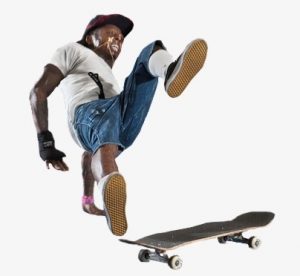
A survey showed that about 30% of the skaters that ended up in a hospital were beginners. Fear is not something that you can overcome while skating. However, protective gears boost your confidence and you won’t be scared of little falls.
f. Don’t Skate in Rain
Never skate in the rain when you are still learning to ride. A slippery surface is the worst enemy of a skateboard. The wheels lose their grip on wet surfaces and become difficult to control. Moreover, rain is harmful to bearings and trucks. They are made of metal and are likely to get rust.
g. Learn to Fall Safely
It may sound discouraging but – you are definitely going to fall. There is no skateboarder who has never fallen. It is a part of skating and it’s better to learn how to fall safely if you are planning to skate for life.
As we mentioned above, always use protective gear. Try falling on grass as a newbie, roll out or slide on your wrists and knees if you are using pads.
Read a guide on how to teach a kid to skateboard.
h. Skate with Experienced Skaters
Skateboarding becomes easier if you have experienced skaters around. You can ask for advice such as foot placement, upper body position and posture, etc. A newbie also learns from watching skaters how they perform. However, do not try ollies or slide down the stairs after watching them – until you are ready.
i. Track Your Progress
Tracking the progress is a good way to improve skating. For that purpose, film your moves and watch them after to see if your feet placement and posture were better this time. Also, if you bent the knees while carving. Your mistakes are your teachers, rectify them and perform better every time you get on board again.
j. Enjoy and Never Give Up
Skateboarding is all about fun and among many of the good reasons to be on a rolling board, having fun is definitely on top. Although it feels a little hasty in the beginning, once you learn how to ride a board, your excitement level will be above the clouds. You’ll enjoy traveling all your short commutes to the school and market on a skateboard.
We all have some good days and bad days, you should not get discouraged if you lack performance someday. Skating is a continuous process and you are going to fail thousands of times before reaching pro-level skating. Hence, just get on a board and enjoy skating, and remember never to give up!
Final Verdict
We all get amazed by watching skaters riding a board excitedly. We have briefly explained the guide about how to skateboard for beginners if you have never been on a board before. Also, follow the useful tips to ensure maximum protection and learn to ride quickly.
The only way to learn to skateboard is – never give up! Skateboarding is hard to learn and it requires dedication to ride like a professional skater. We recommend keeping practicing and enjoying boarding without getting bored of it.
Braking is the most essential part of skateboarding – learn how to stop on a skateboard safely.
Frequently Asked Questions
How can I teach myself to skateboard?
You can teach yourself to skateboard by taking little steps in the beginning. If you have never been on a board before, step on it and try to stable your body, get comfortable with the skateboard. Find your stance, means, figure out which foot in front makes you more comfortable. Place your front foot on the board and push it with the other foot gently. Take short bursts, once you learn to stable your body with only the front foot on the board, now it’s time to push and place both feet on the board in the riding position. Perform this exercise multiple times, this is how you teach yourself skateboarding.
What skateboard should a beginner get?
A beginner should get a complete skateboard fully assembled by a reliable brand. A 7.75″ to 8″ board is a good size for newbies to learn. Element is a reliable brand for making quality skateboards. We recommend “Element Section Skateboards” for beginners to start with, they are easy to ride and learn how to skateboard.
Is it easy to learn to skateboard?
No, learning to skateboard is harder than it looks. The difficult part is balancing and stabilizing the body on a moving board. It takes a lot of time, dedication and persistence to learn to skateboard. However, some basic guides and tips can make it easier to ride.
Why are skaters skinny?
Skaters are skinny because they lose about 450 to 800 calories during an hour of skateboarding session. It is a good exercise for physical endurance and core strengthening. Body shifting, quick moves and continuous strain on core and leg muscles enhance physical endurance. This sport also increases flexibility. Hence, losing calories and gaining physical endurance on daily basis makes skaters skinny.
- Best Electric Skateboard for Big Guys (Heavy Duty E-Boards) - June 3, 2023
- Skateboard Clothing Brands to Make You Stand Out In 2025 - May 31, 2023
- 90s Skateboarding Brands: The Rise and Fall of the Legends - May 28, 2023
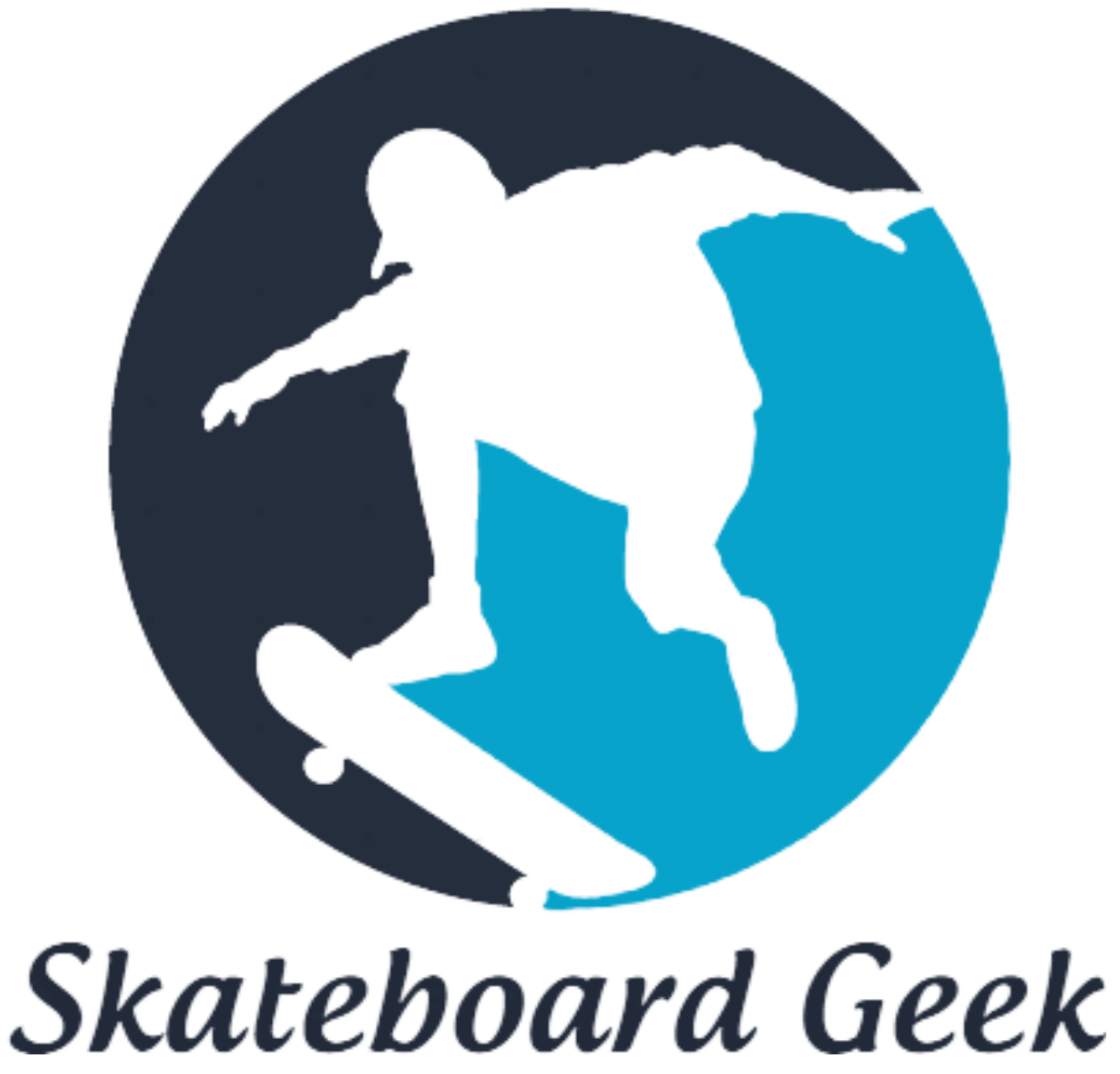
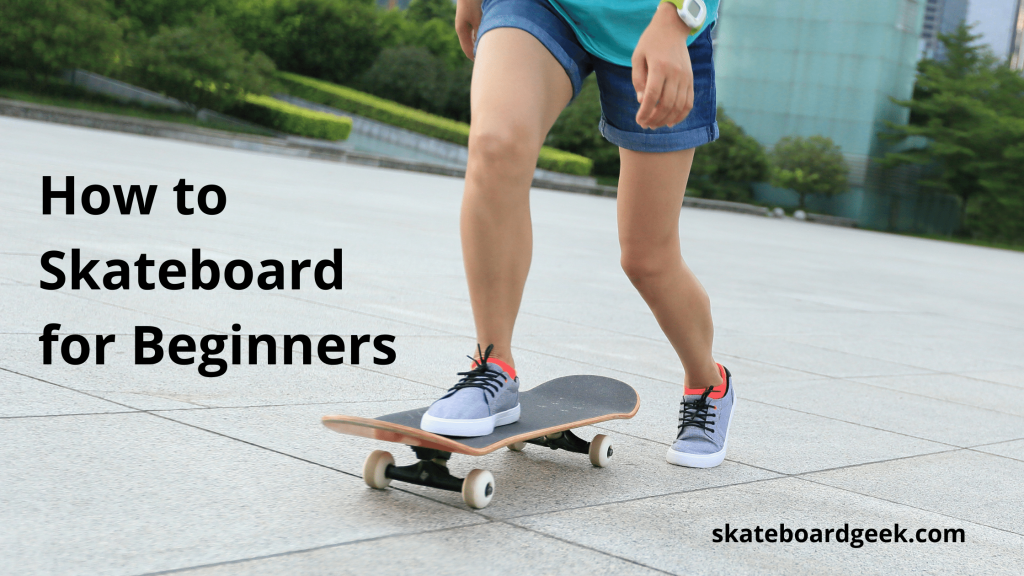
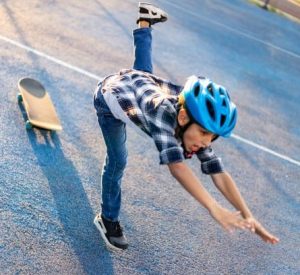
![Skateboarding Safety Tips for Beginners and Pros [Safe Ride] skateboarding equipment list and safety tips](https://skateboardgeek.com/wp-content/uploads/2023/05/tips-for-safe-skateboarding-150x150.jpg)
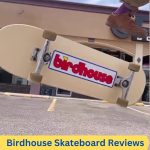
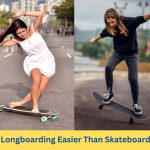
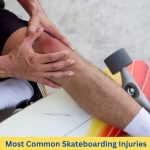
![CCS Skateboard Reviews - [Why They Are Trusted & Popular] ccs skateboard reviews](https://skateboardgeek.com/wp-content/uploads/2023/05/ccs-skateboard-review-150x150.jpg)
![How to Take Trucks off a Skateboard Like a Pro? [The Right Way] how to take trucks off a skateboard without a skate tool](https://skateboardgeek.com/wp-content/uploads/2023/05/how-to-take-trucks-off-a-skateboard-without-a-skate-tool-150x150.jpg)

